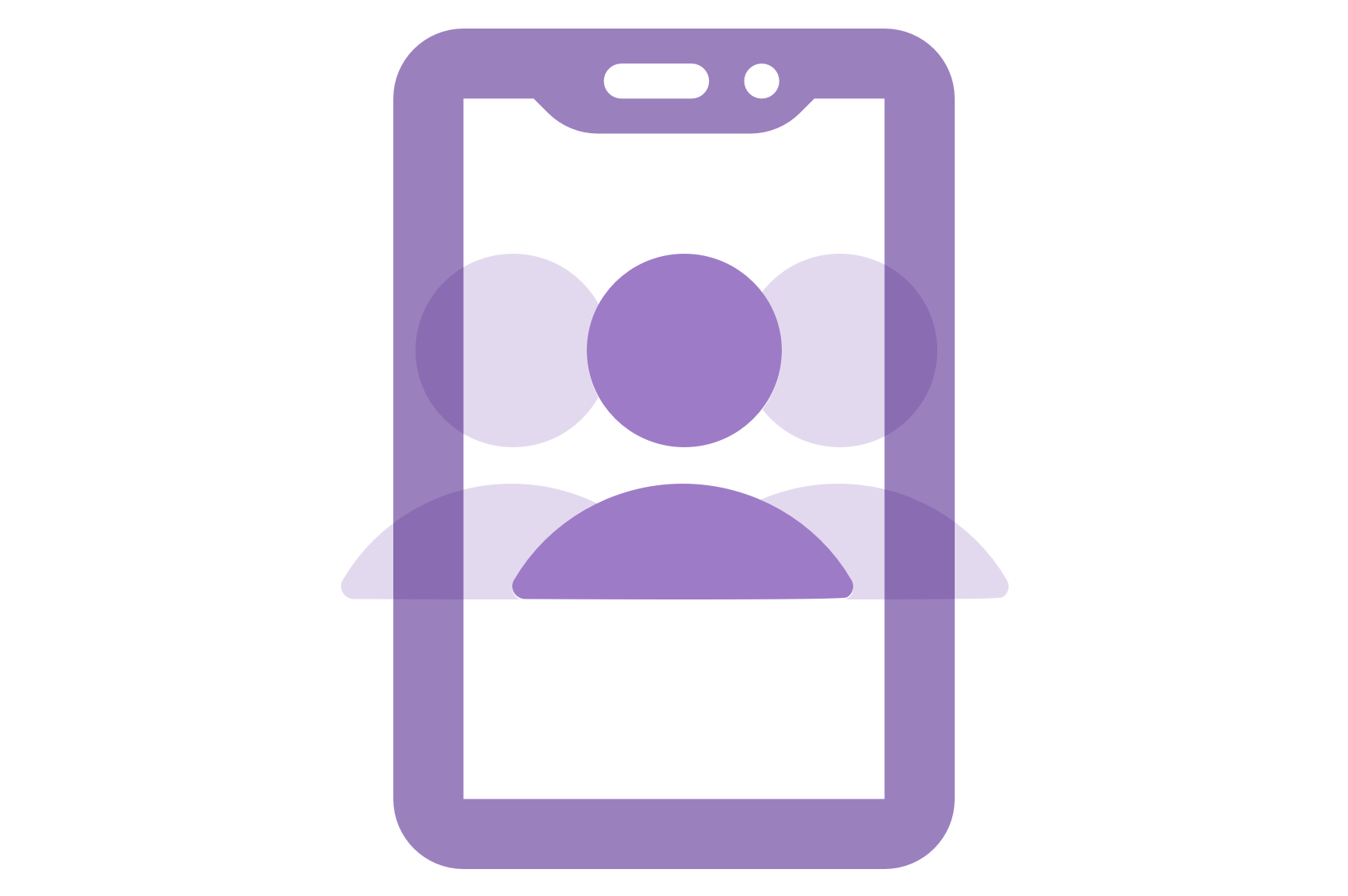The 21st Century IDEA Act Playbook Part 3: Customized, mobile-friendly experiences
Today, we’ll finish up the first section of the IDEA Act with the final two requirements for public websites and digital services. But that doesn’t mean we’re done with the IDEA Act Playbook. There are many more requirements for agencies throughout the Act, and I’ll be turning to other experts at Ad Hoc for strategies that can help agencies through implementation.

Option for a more customized digital experience
Government agencies have a lot of information about us, but with almost every interaction we have with government, we’re asked to provide the same information over and over (and over) again. While this might make sense when transacting with paper forms, a digital experience has tremendous potential to give us an experience that is customized to who we are.
The IDEA Act mandates that agencies provide users with the option of a more customized experience when interacting with web forms, applications, or other digital services. As agencies work to meet this requirement, they should consider the identity, authentication, and design implications that come with offering a customized experience.
Start with offering accounts
The best approach to personalization is to build an account into your digital services. By creating an account, information used in one interaction can be used to customize future interactions. For example, once I fill out an initial application for benefits that includes my home address, the service could use that information to suggest in-person locations near me if I need further assistance.
But there’s more that can be done. Agencies usually have a wealth of information about an individual but often require them to provide that information as part of an application for benefits or services. For example, the Veterans Administration has access to a Veteran’s service record but still asks for that information on some forms. In our work on VA.gov in streamlining these services, we were able to retrieve that information internally and present it to the user to verify, rather than requiring them to input it from scratch. This saves Veterans a lot of time and makes the process of applying for benefits much simpler.
Privacy concerns for user accounts
Of course, with the power of customization comes the responsibility of protecting people’s personal information. You’ll need to authenticate a person each time they use your service, and you’ll need to do so in a way that is both in line with what they’re used to on other sites like Amazon or Google but also ensures the security of their information. You may also need to verify a person’s identity, so that you can be sure that you’re only showing someone their own information.
There’s a number of ways to do this. One approach that we’ve used is to use an identity provider that people are familiar with and may already have an established account with. On VA.gov, we used ID.me’s service, which is familiar to many Veterans, and provides an intuitive identity verification process. The General Service Administration’s Login.gov is also a good option. It’s also possible to build much of this from scratch using tools from companies like Okta. From our experience, the best thing to do is to test different login options with the people using your digital services. In some cases, providing multiple login options may make sense. Engage with the people you’re serving, and they’ll show you the right path forward.
As your agency grows and moves more and more digital services online, a single account can also provide a great way to tie all these services together. People could use their account to access a dashboard that shows the most recent updates for them across all of the various services your agency provides. It could also promote a cohesive design across services and centralization of shared functions like notifications and messaging. It’s a strong foundation for a personal and customized experience.
Fully functional on mobile devices
Like the Section 508 accessibility rules, this is already an existing requirement. The 2018 Connected Government Act requires federal websites to be mobile-friendly. This can mean a lot of things, but it boils down to using responsive design. Responsive design is a way to design and build websites so they’re easy to use no matter how users access your site. There are numerous commercial resources for responsive design best practices, but the best place for federal agencies to start is the U.S. Web Design System. It’s built with responsive design as one of its core principles.
Moving toward modern digital services
The requirements for this section of the 21st Century IDEA Act are a great start for agencies looking to build modern digital services that can help users achieve their goals. Ad Hoc has been implementing these same ideas on major federal services for years. These concepts are baked into how we work. In our next installment, we’ll explore prioritizing modernization with user research.
Read part 1, part 2, part 4, and part 5 of the 21st Century IDEA Act Playbook.
Related posts
- The 21st Century IDEA Act Playbook Part 2: Search, security, and serving users
- The 21st Century IDEA Act Playbook Part 5: Scaling design systems
- The 21st Century IDEA Act Playbook Part 4: Prioritize modernization with user research
- The 21st Century IDEA Act Playbook Part 1: Accessibility compliance, appearance, and overlap
- Ideas for creating mobile applications for Veterans
- With existing tools, the IRS could connect people with healthcare
